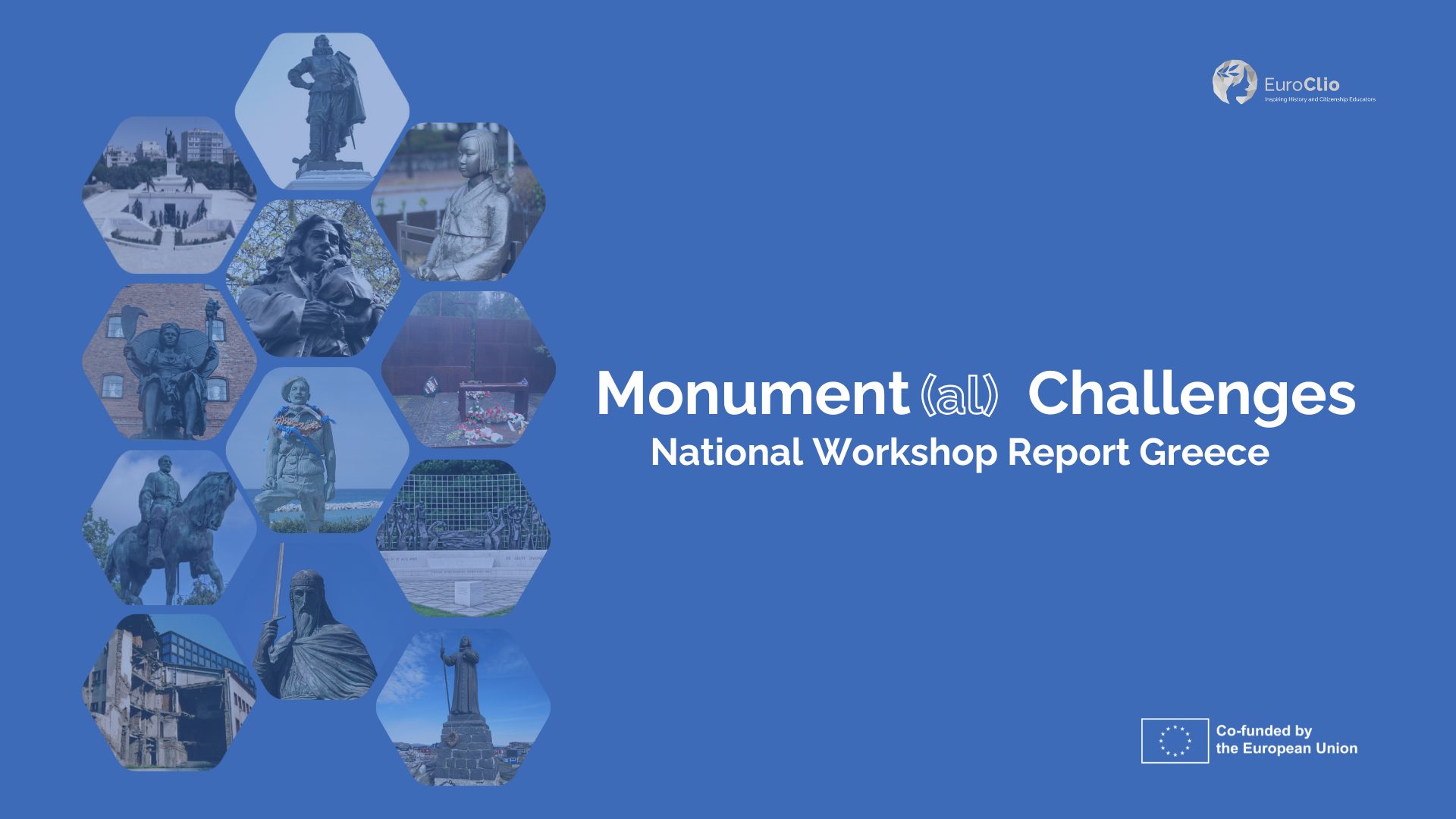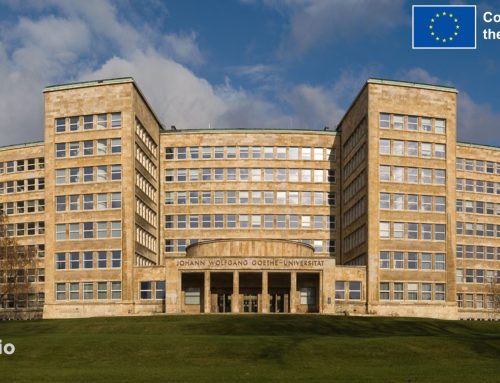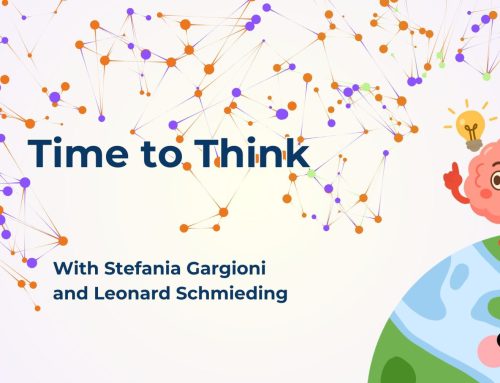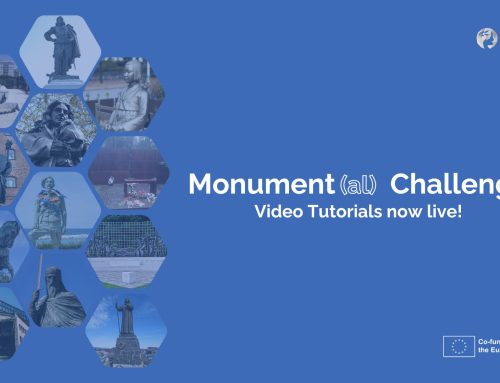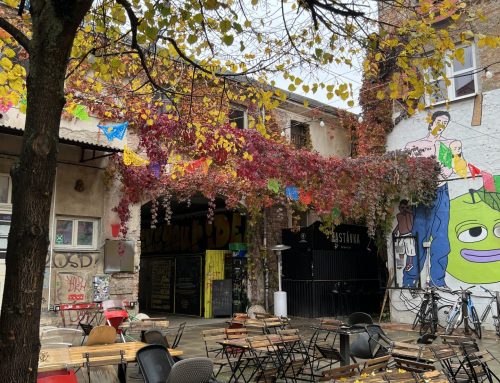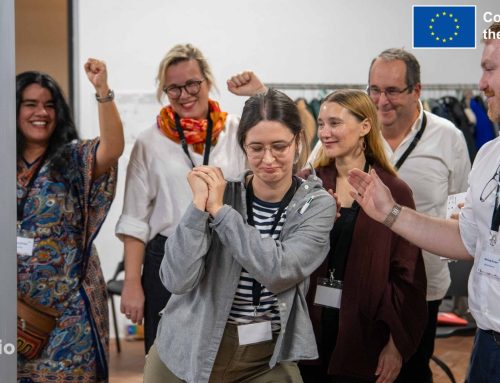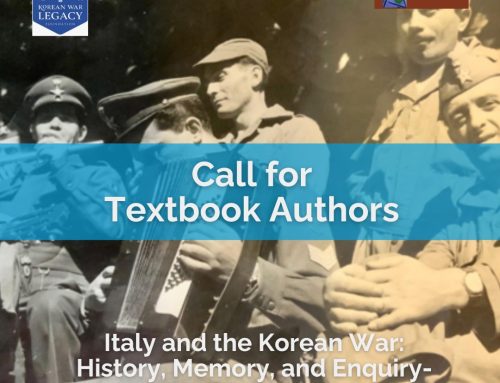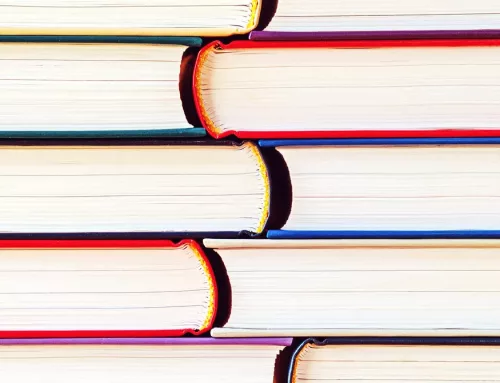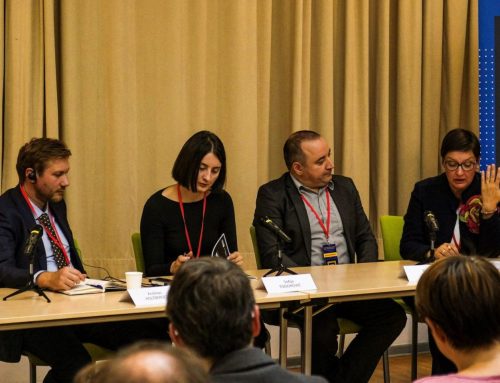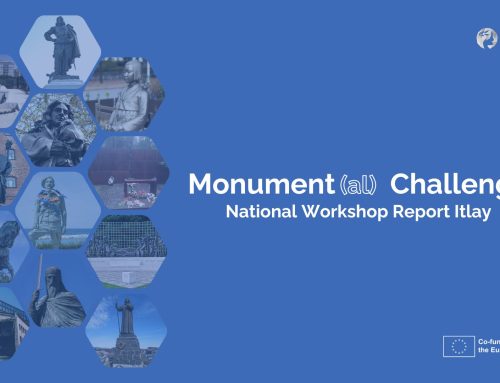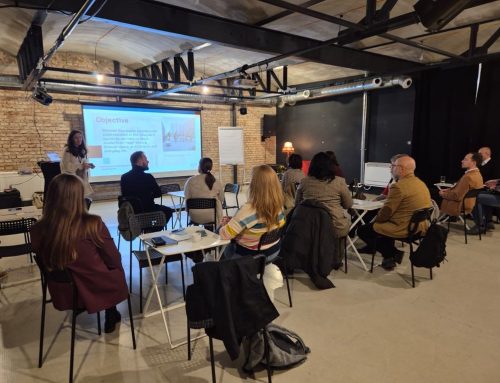On February 15th, a seminar consisting of three presentations and workshops as well as a historical walk in the city and a visit at the War Museum in Thessaloniki, a tiny space of which hosts – quite contradictory – a collection of objects and documents on the resistance to the 7 years military junda in Greece (1967-1974) took place at the city of Thessaloniki. The event was hosted as part of the EuroClio project, Monument(al) Challenges. The number of people attending the seminar was 12, all of them either teacher trainers, academics on historical and pedagogical departments, after personal invitation.
The topic of the seminar was: Contested Monuments – Monumental Challenges – The Euroclio Toolkit and was based on the Train the Trainers seminar we had attended in The Hague, last September (2024). It was divided in 4 parts.
Three presentations under the titles:
1. The EuroClio Toolkit on Monumental Challenges
2. Memorial Challenges: Controversial and conflicting monuments, public history and historical education
3. Approaches to space in the teaching of history: two case studies
In the first presentation, Vassiliki Yiannou commended upon the philosophy and the objectives of the EuroClio project, as well as the toolkit developed after the completion of the Monument(al) Challenges project: This is a project designed to address the need for analysis of historical memory in the public sphere through educational practice. An activity focused on the study of the Freedom Monument in Cyprus, included in this guide, was implemented in the following workshop, that would explore the notion of plurality and examine how representations of events and persons may differ from Greek Cypriot and Turkish Cypriot perspectives, aiming to cultivate metacognitive and reflective skills, providing a safe framework for the development of critical thinking and democratic dialogue.
The second presentation examined the “monumental challenges” emerging in the 21st century through the controversial and conflicting aspects of the monumental landscape. The demand for decolonisation of public space, the demand for monuments, historical and social, equitable and for more inclusive memorial spaces, is taking on global dimensions, and new types and forms of memorialization are beginning to take shape. Eugenia Alexaki also focused on the importance of the “biography” and the historical context of a monument (commissioner, commissioning/competition/selection process, sitting, type, artistic style, the monument’s course in time, the community’s relationship with it, etc.), as their study allows us to understand better the monumental claims, narratives or even the monumental conflicts that the monument in question produces, being in dialogue with the Euroclio toolkit.
The third presentation by Zeta Papandreou aimed to provide a multifaceted understanding of the concept of space when teaching history in secondary and tertiary education. The first axis of presentation was connected to the examination of the dimensions of traumatic memory that a specific historical place exudes and the theme of the teaching project was “The Civil War in Florina. Examination of an informal treaty of “dialogue” between the Military Cemetery of Florina (1947 – 1949) and the Monument of the Democratic Army of Greece of Florina (2016)”, focusing on contested memories, contested monuments, contested spaces. The second axis was the study of Eptapyrgion. The topic of the teaching proposal was Eptapyrgion: Byzantine fortress and place of confinement. The significance of the monument in public history. Using elements from EuroClio toolkit on Monument(al) Challenges we explored the contested memories of the monument serving successively as a fortress, prison, confinement space and museum.
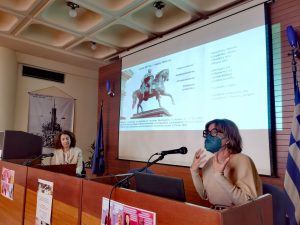
The presentations were followed by a workshop, where the participants were split into three groups, dealing with each case, based on questions relevant to the content of each case study. There was an interesting discussion on how these cases function as a motivation for students (and teachers). The aim of the workshop was to implement the theoretical tools presented and discuss difficulties or good practice in class. The core aim was to underline the importance of public history – part of which is the monuments- when building historical consciousness and active citizenship. The seminar provided valuable tools to comprehend the importance of monuments and public space, especially contested ones, in the teaching of history and civics. The city of Thessaloniki was the ideal place to organize the event, as it bears a bitter past, and is full of contested monuments, debatable street names, buildings, and other physical representations of historical legacies in public spaces, connected with the recent or distant past (Jewish legacy, Nazi collaborators, extinguished ottoman past etc, junda/dictatorship etc). It was connected to the anniversary of 50 years of democracy, after the fall of the dictatorship. So, this was a unique opportunity to address history education in secondary and tertiary education through this topic, especially now that radical political parties, mostly far right, seem to exert an important influence to youths.
In the discussion which followed the workshop there were a lot of ideas on how to detect and deconstruct historical narratives hidden in public space, such as controversial monuments (statues, commemorative plagues, buildings, street names etc), engaging students to pose more questions, research, historicize and try to interpret their meaning and significance through time. There were also some questions expressed on how these tools will be successfully implemented to audiences who are indifferent or “difficult”, resulting on pointing out the significance of suggested use of experiental methodology and personal involvement in class and out of class. Identity, heritage, awareness of the multinational past and the erased or constantly desacred monuments (Jewish mainly) are core issues to be dealt with. The evaluation of the event by our colleagues was mainly very positive.
We also suggested that these methodological tools, such as the EuroClio Toolkit, be connected with previous seminars on how to deal with traumatic and difficult issues and contested memories. Finally, the event ended with a visit to the War Museum of Thessaloniki which hosts a valuable collection of objects, documents and audiovisual material on the resistance of, especially, young people and students during the dictatorship. Our guide was a special figure of the resistance movement at the time, Dr Triantafyllos Mitafidis, a historian and history teacher and a distinguished political figure who has been constantly attacked for his efforts to save monuments and resist oblivion of the colourful and diverse past of the city of Thessaloniki. Before reaching the museum, we had an interesting historical walk in part of the city discussing its past, its present and its future through its monuments. We believe we organised a high-quality event by inviting two distinctive scholars and experts in the field from Athens, Dr Eugenia Alexaki and Dr Zeta Papandreou, with the valuable help of our co-organiser from Thessaloniki, Mrs Vassiliki Yiannou, a dedicated teacher.
References:
Mazower, Mark. Salonika, City of Ghosts: Christians, Muslims and Jews 1430-1950. Harper Collins Publishers, 2004.

